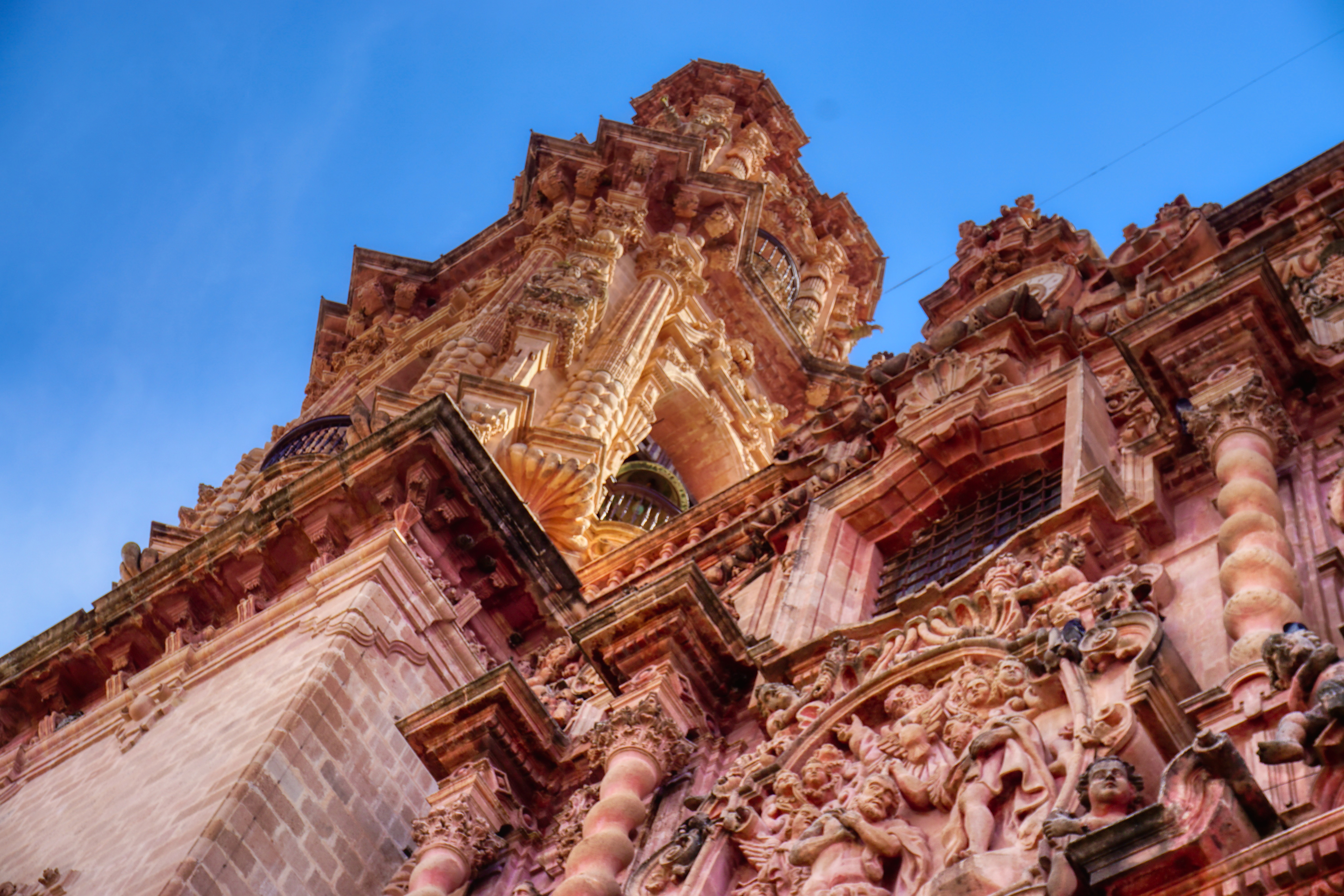The Global Baroque: Architecture and World-Making in the Long Seventeenth Century

José de la Borda, Parroquia de Santa Prisca y San Sebastián (c. 1750), Taxco, Mexico
ARC451H1 S1
Instructor: Jason Nguyen
Meeting Section: L0102
Winter 2026
The architecture of the so-called “baroque,” dating roughly 1600 to 1750, conjures notions of dynamism, grandeur, sensuality, and exuberance. Meaning “misshapen pearl” in Portuguese, the term was adopted by later historians to describe the stylistic movement that seemingly abandoned the rules of nature, decorum, and tradition. Less considered by those scholars was the fact that the period also witnessed unprecedented global expansion. This course looks at the architecture of the long seventeenth century across a diverse range of geographies. The aim is to assess anew the connections between buildings and the acts and ideas of globalization. That this process coincided with the birth of global capitalism and the spread of early modern empires illustrates the degree to which worldmaking often relied on structures of inequality and the violence of conquest.
We begin by debating key terms like “baroque” and “worldmaking” for the history and theory of architecture. We then evaluate the relationship between architecture and key seventeenth-century phenomena like maritime travel and exploration, cross-cultural encounters, trade and commerce, colonization and slavery, materials and resource extraction, and religion and politics. We conclude by interrogating the links between architecture and globalization in the contemporary world. Readings, discussions, and writing exercises will lead to a final project of each student’s choosing.

